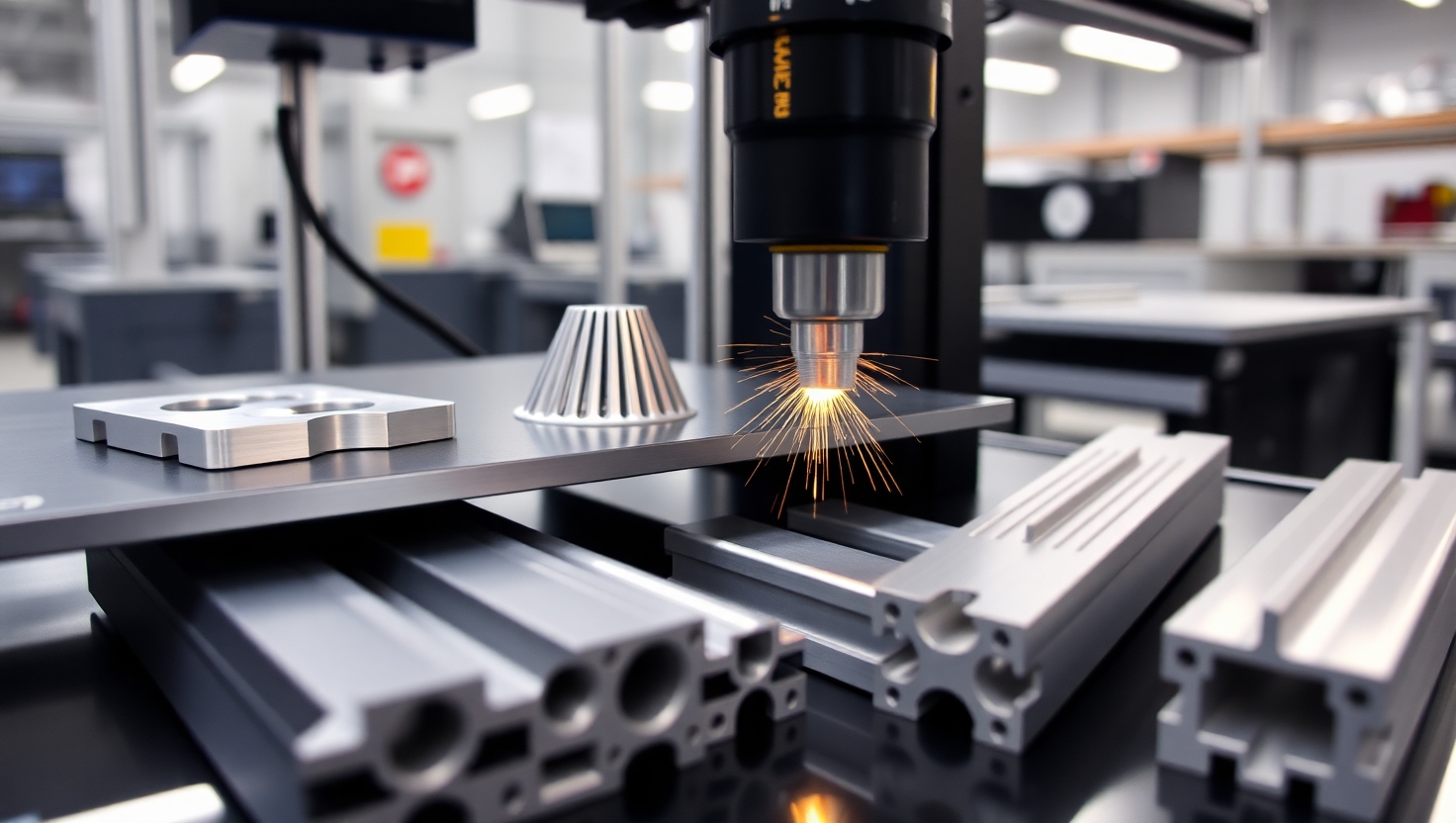The Future of 3D Printing in Aluminum Extrusion: Opportunities & Limitations
Published by: ALUTimes | Date: July 17, 2025
Table of Contents
- Introduction
- The Evolution of Aluminum Manufacturing
- Integrating 3D Printing with Extrusion
- Advantages of 3D Printing in Aluminum Extrusion
- Limitations and Challenges
- Hybrid Manufacturing Models
- Emerging Applications in 2025
- Industry Adoption & Trends
- Future Outlook
- Disclaimer
Introduction
3D printing, or additive manufacturing, has emerged as a disruptive force in metal fabrication, including aluminum processing. While aluminum extrusion remains a cost-effective and high-volume method, combining it with 3D printing opens doors to custom, lightweight, and high-performance components that were previously difficult or impossible to manufacture. In this article, we dive deep into how the extrusion sector is leveraging additive manufacturing in 2025 and what the road ahead looks like.
The Evolution of Aluminum Manufacturing
Traditionally, aluminum manufacturing relied on casting, extrusion, and rolling. Extrusion, in particular, allowed manufacturers to produce complex profiles efficiently and at scale. However, these methods lacked flexibility for low-volume or highly customized parts, especially in aerospace, automotive, and electronics. Enter 3D printing, which enables tool-free fabrication of near-net-shape aluminum parts, dramatically reducing development time.
Integrating 3D Printing with Extrusion
In 2025, hybrid systems that combine aluminum extrusion with additive manufacturing are gaining traction. For example, extruded structural frames can be enhanced with 3D-printed brackets, cooling fins, or lattice cores. This integration brings together the strength and scalability of extrusion with the customization of 3D printing. It also reduces post-processing and assembly steps.
Advantages of 3D Printing in Aluminum Extrusion
- Rapid Prototyping: Engineers can quickly test fit and function of extruded parts before committing to expensive dies.
- Design Freedom: Internal channels, lattices, and undercuts that extrusion cannot produce are easily 3D printed.
- Material Efficiency: Additive methods use only what’s needed, reducing aluminum scrap.
- Lightweighting: Topology optimization in CAD and 3D printing enable parts with minimal mass but maximum strength.
- Tool-less Manufacturing: No need for extrusion dies or machining fixtures in early stages.
Limitations and Challenges
Despite its promise, 3D printing in aluminum is not without challenges:
- Cost: Powder-bed fusion and DED systems are expensive to own and operate.
- Surface Finish: Printed parts often need finishing to match extruded counterparts.
- Material Properties: Certain alloys (e.g., 6000 series) are difficult to print due to hot cracking.
- Size Constraints: Build volumes are smaller than extrusion presses.
Hybrid Manufacturing Models
Many aluminum manufacturers are adopting hybrid workflows. For example, a company might extrude a rectangular profile, then use DED printing to add complex features or texturing to certain sections. This allows faster production while retaining customization. Other examples include:
- Printing mounts and cable channels onto extruded chassis.
- Joining 3D-printed lattice supports to extruded panels for weight reduction.
Emerging Applications in 2025
From aerospace brackets to EV cooling plates, here are top use cases:
- EV Battery Trays: Combining extruded frames with printed mounts and enclosures.
- Drones and UAVs: Lightweight structural components with aerodynamic profiles.
- Heat Exchangers: 3D-printed fins integrated into extruded base plates for better performance.
- Architectural Facades: Printed decorative features added to extruded structural supports.
Industry Adoption & Trends
Key players like Norsk Titanium, GE Additive, and Hindalco are exploring the synergy of aluminum extrusion and 3D printing. India’s aluminum tech parks are piloting hybrid cell setups. In 2025, over 300 aluminum job shops globally have integrated at least one form of additive manufacturing. Software advances, including AI-driven topology optimization, are accelerating adoption.
Future Outlook
The aluminum extrusion industry is not being replaced but reinvented. Additive manufacturing will remain complementary, offering new revenue streams in prototyping, aerospace, and medical fields. Continued R&D in printable 6000 and 7000-series alloys, better thermal control, and AI slicing will define the next five years.
Disclaimer
This article is intended for informational purposes only. ALUTimes does not endorse specific technologies or brands. Readers should verify data with current sources.

